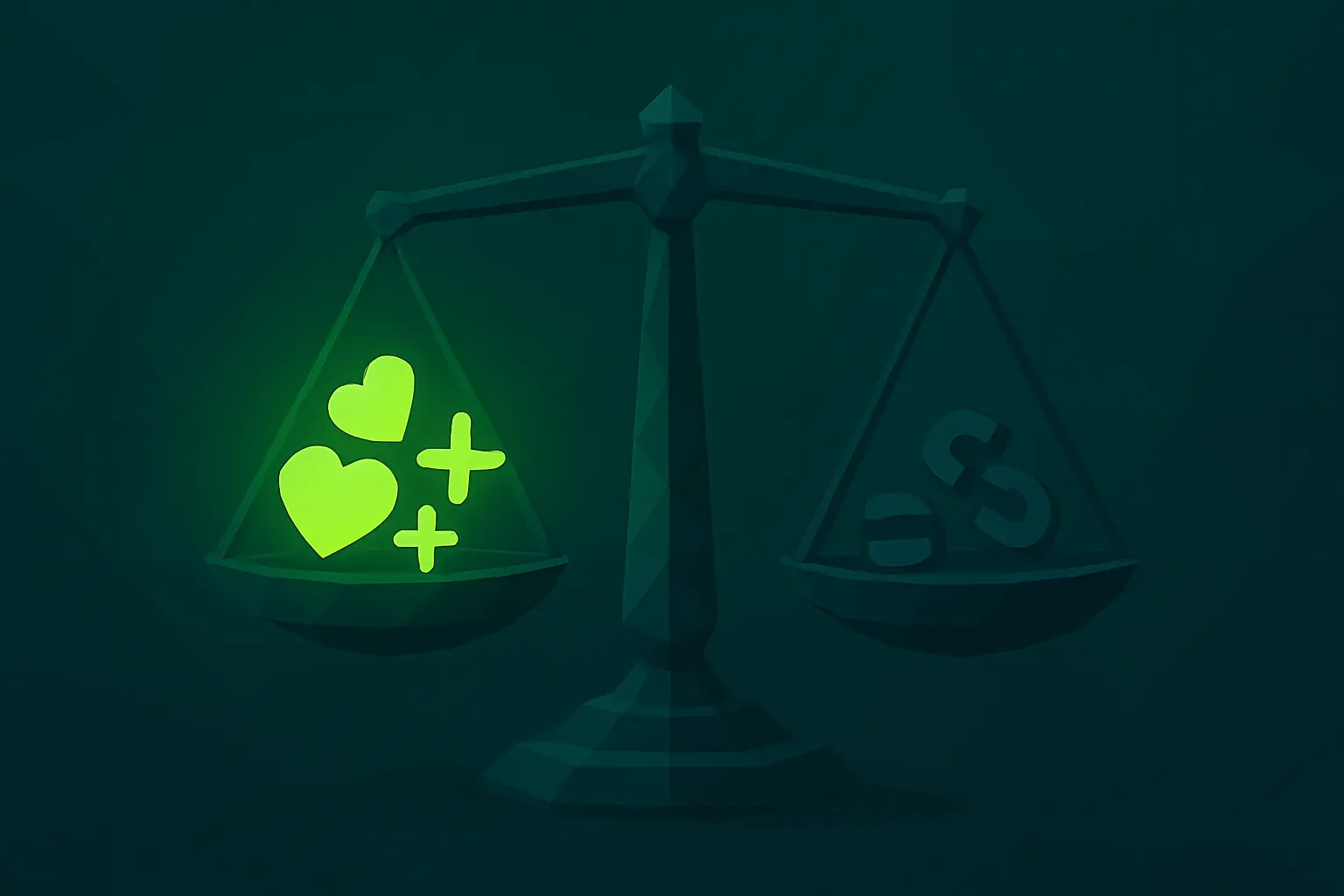Top 10 Advantages and Disadvantages of Social Media

This article explores the advantages and disadvantages of social media, backed by data. We’ll analyze its power for business and social change against measurable risks like addiction and mental health challenges.
Table of Contents
📊 Key Figures & Global Trends
- In 2025, 5.24 billion people worldwide are active on social media — about a 4.1% growth over the previous year.
- Social media penetration is high: around 63.9% of the world’s population uses social platforms.
- The average user spends 2 hours 21 minutes per day on social media.
- Users collectively spend over 14 billion hours per day on social platforms globally.
- In the U.S., 53% of adults say they at least sometimes get news from social media.
These numbers show how deeply social media is woven into people’s daily lives and into the flows of information.
✅ Advantages (with supporting data or research)
Below are advantages of social media where data or studies support them — not all advantages are directly quantifiable, but I include those with evidence first.
| Advantage | Supporting Data / Study | What the data shows | Implication |
|---|---|---|---|
| 1. Wide reach & audience size | 5.24 billion users globally (2025) | Social media gives access to a huge audience | For businesses, causes, creators — the potential reach is massive |
| 2. News & information distribution | 53% of US adults use social media for news | Many depend on it for updates | It becomes a major channel for news — both good and bad |
| 3. Mobile-first engagement | 68% of Facebook traffic, 86% of Twitter users via mobile | Most users access via mobile | Content and services must be mobile-optimized |
| 4. Marketing ROI & discovery | 25.9% of users say they find products to purchase on social media | A quarter of users use it for shopping | Businesses can convert social media reach into sales |
| 5. Amplification of voices, social change | During the COVID-19 “infodemic,” social media spread both info and misinformation rapidly | Social media can shape public debate | Activists and social movements can gain momentum |
| 6. Attention to mental health / positive impact | 60% of users say social media had a positive effect on their mental health over the past 6 months | Many perceive benefits | There is nontrivial margin for positive experiences |
| 7. Education & networking | Some students use social media for learning, though overuse is harmful | The effect is mixed but real | Educators and students can leverage it carefully |
| 8. Business & advertisement growth | Global mobile ad spending projected at $402 billion (driven by social & mobile) | Massive investment in social ads | There is strong belief in social media as business channel |
| 9. Multi-platform and cross-usage | Users visit on average 6.7 social platforms monthly | People diversify across platforms | Opportunities to reach niche audiences |
| 10. Rapid scaling of content reach | Social media became essential in a crisis | Social media became essential in crisis | It can scale rapidly in times of need |
Note: Some advantages (e.g., creativity, self-expression, community support) are less easily expressed in a number, but qualitative research supports them.
❌ Disadvantages (with data/evidence)
Here are the disadvantages where studies or statistics offer concrete insights or correlations.
| Disadvantage | Supporting Data / Study | What the data shows | Implication / Risk |
|---|---|---|---|
| 7. Privacy/data exploitation | Adolescents using social media >3 hours/day face double the risk of mental health problems | Higher time use is linked to worse outcomes | Too much use can harm adolescents’ mental health |
| 2. Body image effects | 46% of teens aged 13–17 say social media makes their body image worse | Nearly half feel worse about their appearance | Platforms can amplify unrealistic standards |
| 3. Addiction / behavioral dependence | ~10% of Americans may have social media addiction | It might be widespread | For some, use becomes compulsive |
| 4. Distraction, academic harm | In one study, 84.5% of students spend more than 4 hours daily on social media; 39.4% agree it negatively affects assignments | Heavy users admit negative academic impact | Time management is critical for students |
| 5. Misinformation & “infodemic” | During COVID-19, social media spread conspiracy theories rapidly | False info circulated widely | It undermines trust and good decision-making |
| 6. Cyberbullying & self-harm | Cyberbullying increases suicidal thoughts by 14.5% and attempts by 8.7% | Online harassment has serious consequences | Platform safety must be taken seriously |
| 7. Privacy / data exploitation | 94% of businesses see lack of trust (data privacy) as harming conversions | Data issues affect business and users | Trust is fragile in digital environments |
| 8. Reduced attention spans | Studies show social media’s short-form nature correlates with lower sustained attention (e.g. many users prefer quick videos) | Users’ patience for long content declines | Deep reading and concentration suffer |
| 9. Radicalization / extremist content | High social media usage among youth (96% of US teens use the internet daily) raises exposure risks | Youth encounter more varied content, including harmful ones | Vulnerable users may be pushed toward extreme views |
| 10. Academic decline (institutional evidence) | 94% of businesses see a lack of trust (data privacy) as harming conversions | Heavy usage often pulls students away from tasks | Balance and regulation are essential |
🧮 What the Data Suggests: Strengths, Limits, and Cautions
- The global user base and time spent figures confirm social media’s dominance in daily life.
- Positive user surveys (e.g. 60% reporting beneficial mental health effects) show it can help many, but that is subjective and self-reported.
- The strong correlations between heavy usage and mental health or academic problems underline that risk is real.
- Some studies are regional or small (e.g. 71 students in one university).
- Causation is hard to prove. For example, does social media cause depression, or do people who are depressed spend more time online?
Summary: Social media offers huge reach, business potential, connectivity, and access to information. But misuse or overuse carries measurable risks for mental health, learning, privacy, and social stability.




